Enter a surname, town name or other keyword to search the database. Remember to
allow for the different spellings of 'Mc' and 'Mac.' Good luck!
{Search tips: Use single word search terms for more results}
You must enter some valid character(s) into the search field
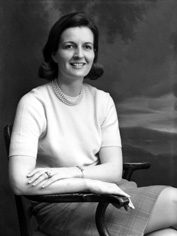
Reference: 47441a
Mrs Miesegaes, Aird House. See...
|
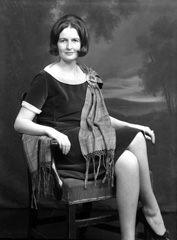
Reference: 47220e
Mrs Miesegaes, Aird Cottage. S...
|

Reference: 47220d
Mrs Miesegaes, Aird Cottage. S...
|
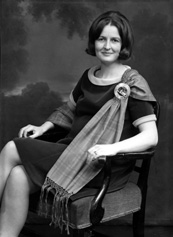
Reference: 47220c
Mrs Miesegaes, Aird Cottage. S...
|
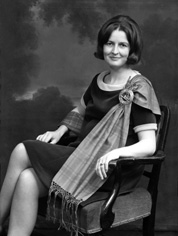
Reference: 47220b
Mrs Miesegaes, Aird Cottage. S...
|
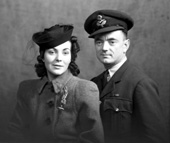
Reference: 35104b
Mrs G.H Read, 44 Keith Street,...
|
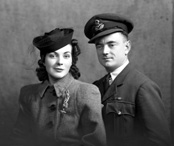
Reference: 35104a
Mrs G.H Read, 44 Keith Street,...
|
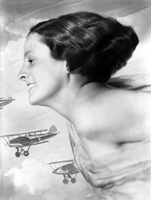
Reference: 30454
Portrait. The aircraft in the ...
|
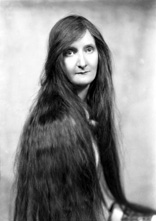
Reference: 28763
Portrait. #...
|
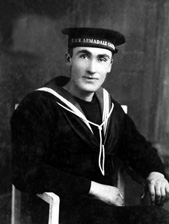
Reference: H-0204a
Hat band denotes HMS Armadale ...
|
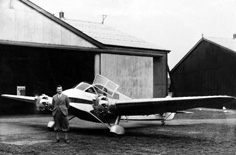
Reference: 937
Captain Ernest Edmund (Ted) Fr...
|
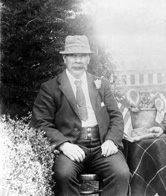
Reference: 838
Copy for Mrs Robertson, Old Ed...
|